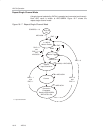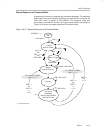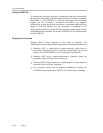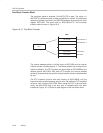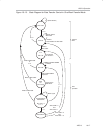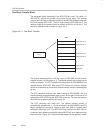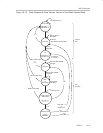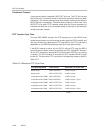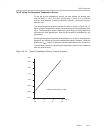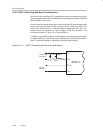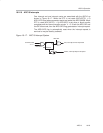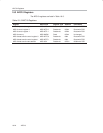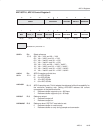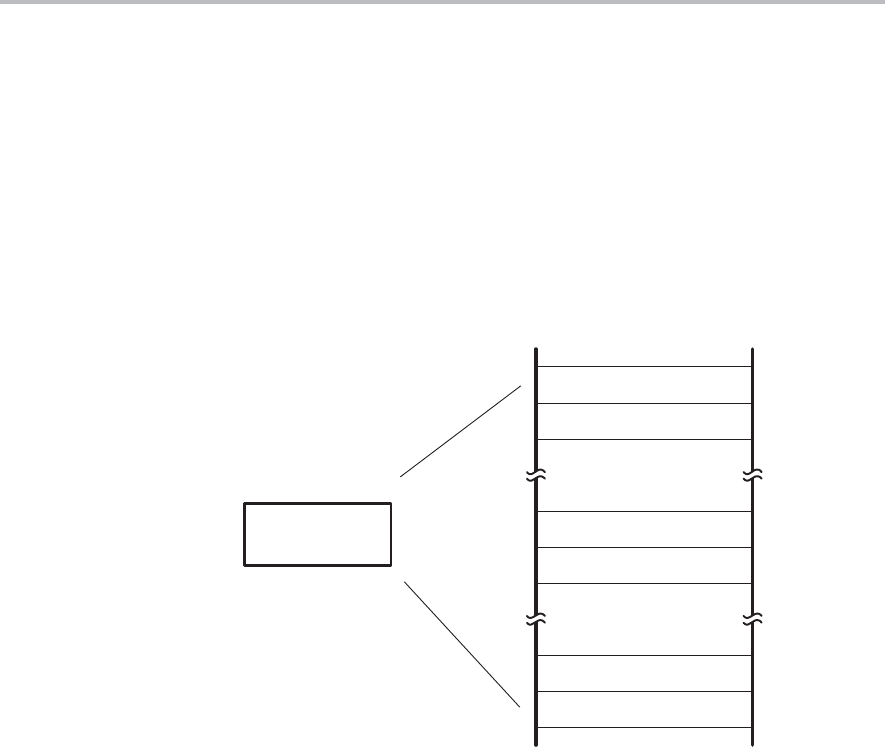
ADC10 Operation
18-18
ADC10
Two-Block Transfer Mode
The two-block mode is selected if the ADC10TB bit is set. The value n in
ADC10DTC1 defines the number of transfers for one block. The address
range of the first block is defined anywhere in the MSP430 address range with
the 16-bit register ADC10SA. The first block ends at ADC10SA+2n–2. The
address range for the second block is defined as SA+2n to SA+4n–2. The
two-block transfer mode is shown in Figure 18−11.
Figure 18−11.Two-Block Transfer
ADC10SA
ADC10SA+2
ADC10SA+2n−2
ADC10SA+2n−4
1st transfer
’n’th transfer
2nd transfer
ADC10SA+4n−2
ADC10SA+4n−4
2 x ’n’th transfer
TB=1
DTC
The internal address pointer is initially equal to ADC10SA and the internal
transfer counter is initially equal to ‘n’. The internal pointer and counter are not
visible to software. The DTC transfers the word-value of ADC10MEM to the
address pointer ADC10SA. After each DTC transfer the internal address
pointer is incremented by two and the internal transfer counter is decremented
by one.
The DTC transfers continue, with each loading of ADC10MEM, until the
internal transfer counter becomes equal to zero. At this point, block one is full
and both the ADC10IFG flag the ADC10B1 bit are set. The user can test the
ADC10B1 bit to determine that block one is full.
The DTC continues with block two. The internal transfer counter is
automatically reloaded with ’n’. At the next load of the ADC10MEM, the DTC
begins transferring conversion results to block two. After n transfers have
completed, block two is full. The ADC10IFG flag is set and the ADC10B1 bit
is cleared. User software can test the cleared ADC10B1 bit to determine that
block two is full. Figure 18−12 shows a state diagram of the two-block mode.





